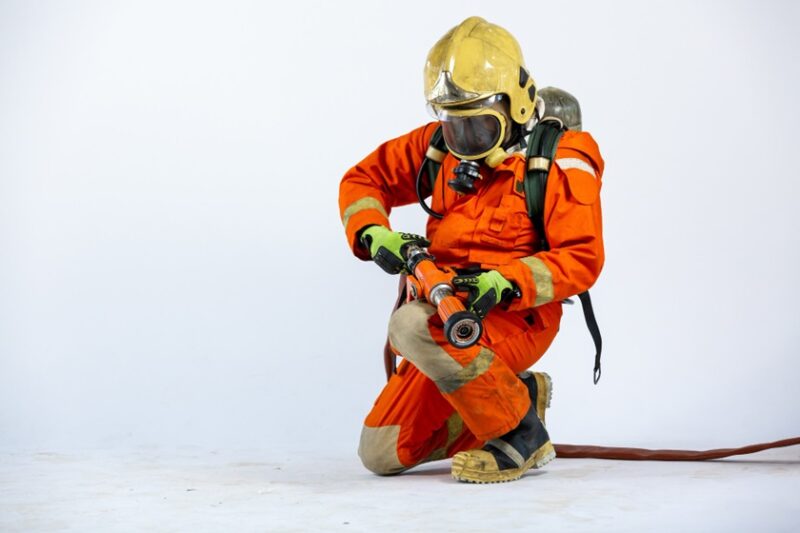Safety rescue is the term that embodies processes and procedures that trained personnel, or a team of experts employ to ensure the rescue and safety of people in emergency or precarious situations. This term is a blanket term for many kinds of operations that have to do with providing rescue and safety for people in various kinds of situations.
There are many human endeavors that involve some level of risk, some riskier than others. Whatever the level of risk, every business enterprise needs to have a basic understanding of this concept of safety rescue as it applies to their industry. However, people in the construction industry and the like need to engage professionals to be on standby in the event that they are needed because the likelihood is higher in these industries.
In this article, we will explore several aspects of safety rescue and look at the benefits of having a safe working environment.
Different Types of Safety Rescue
As we already hinted, this term encompasses a lot of activities and underscores the ultimate importance of ensuring that people who work in high-risk jobs are well taken care of. This also applies to people in life-threatening situations.
These operations are carried out by people who are highly trained and use specialized equipment in concerted effort with team members to provide quick assistance in emergency situations and reduce the risk of harm in dire situations.
The delineation of the agencies and services responsible for different safety rescues differs from place to place and is based on the type of accident or incident that they cover. Find below some of those categories: –
- Search and Rescue (SAR) – This category of rescuers is usually sent to look for and help people who are lost or wounded in some remote locations or precarious environments such as mountains, sea, or wilderness.
- Fire and Emergency Services – These are responders who help to put out fires, provide safety for victims of the incident, and search out and help people in other emergency situations such as building collapse, release of hazardous materials, and other unforeseen emergencies.
- Water and Maritime Rescue– These are made up of coast guards, lifeguards, and maritime rescue teams. They are tasked with the responsibility of coming to the aid of people in danger in bodies of water such as lakes, oceans, or even swimming pools.
- Industrial and Technical Rescue – These are highly specialized professionals who are trained to carry out high-angle, trench, or confined space rescues in industrial settings.
There are many other categories of rescue operations and teams that carry them out; you can check out this site: https://www.fema.gov/ for more details.
Benefits of Having Safety Rescue Personnel on the Ground
From our discussions so far, you can deduce that professionals who offer this service are essential workers. Looking at the list we have above you will notice that some industries require their services more than others. Workplaces where people are hands-on and exert a lot of physical energy in high-risk situations require these experts to be on the ground.
Some offices have decided to train some of their staff to take up this responsibility while others outsource. This decision is most often informed by factors such as the number of staff in the company/industry and the level of physical exertion and risk in the daily work activities.
Whether you choose to train some in-house staff or outsource, the important thing is that you must have a safety rescue team on the ground in your business. The benefits are many and are listed briefly below: –
- Safer working environments elevate the value of your brand.
- Consumers will trust you more if your working environment is perceived as safe.
- You can easily win over business partnerships if you are seen to be invested heavily in the safety of your working environment and the well-being of your staff.
- Your employees are your greatest asset and when they are kept safe, you are more likely to have a more productive and efficient workforce.
- You will experience a decrease in insurance claims from your staff.
- Your staff will be more motivated to work.
- You will experience less downtime due to reduced injuries and illness will lead to absenteeism by staff.
- You will not run afoul of the law if you abide by industry regulations for health and safety in your organization.
The above list is inconclusive; you can click here for more benefits of a safe working environment.
Conclusion
The subject of a safe working environment and ensuring the well-being of the workforce is one that no serious-minded organization should take for granted. We have shared just the basics of this concept, but we expect that any business that operates in high-risk conditions and environments but pay extra attention to this. Look out for highly trained professionals to either come and train your staff and /or be on standby to ensure that help is readily available in the event of any emergency.










